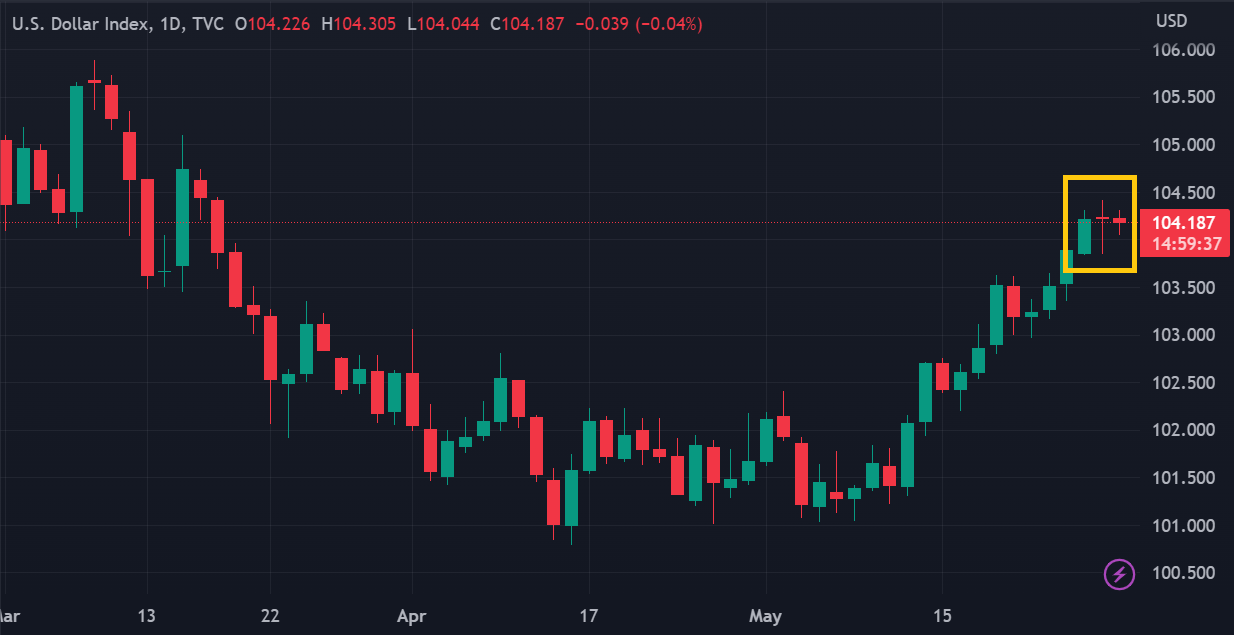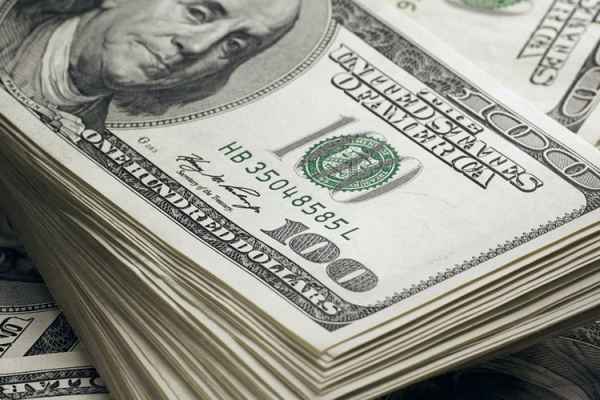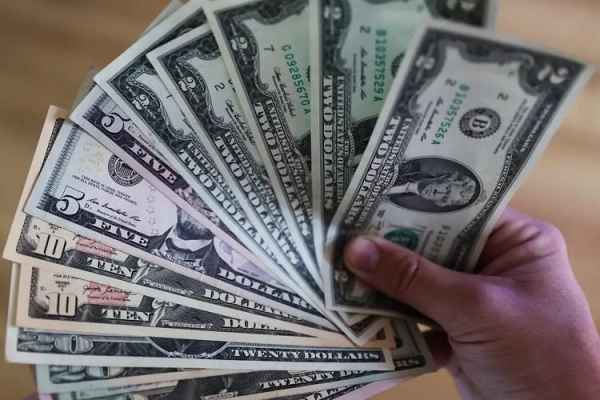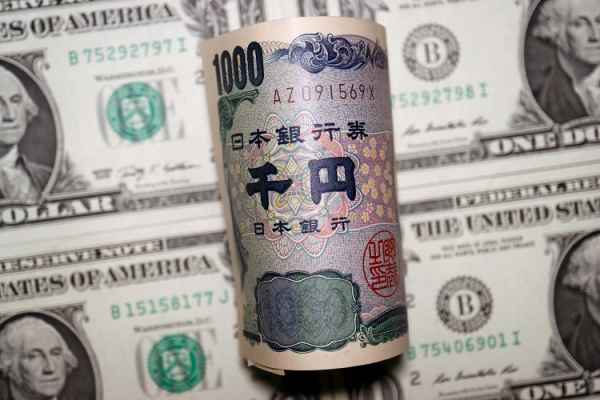If the US political elites agree to raise the government's debt ceiling, the US dollar may lose its safe-haven demand.
Global risk sentiment has improved slightly due to the tentative agreement in the negotiations over the US government's debt ceiling over the weekend. As a result, the rally in the US dollar index (DXY) has paused before reaching the 104.50 thresholds and has shown a tendency to weaken in early trading this week (May 29th).
Some other major currencies have gained momentum to shift toward a defensive mode. The AUD/USD and NZD/USD pairs each recorded a modest increase of around 0.2 percent at the end of the Asian session. The decline in EUR/USD has temporarily halted in the range of 1.0720.

Tentative Agreement Reached
US President Joe Biden and Speaker of the House Kevin McCarthy have announced that they have reached a tentative agreement on the government's debt ceiling on Saturday night local time. Biden also revealed that the agreement is ready to be further discussed in Congress.
This news has sown the seeds of optimism amidst the specter of default looming over the market for some time. In addition, US Treasury Secretary Janet Yellen has "extended the deadline" for resolving the issue.
Yellen had previously stated that the US government would face default if Congress did not raise the current debt limit of $31.4 trillion by June 1st. However, she is now referring to June 5th as the new deadline.
"We've got a risk-positive response so far to the debt deal news," said Ray Attrill, head of FX strategy at National Australia Bank. "Obviously there's still the need to get this debt deal over the line, but I think markets are happy to travel on the presumption that it will get done before the new X-date."
The Next Speculation Depends on Data
If the US political elites reach an agreement to raise the government's debt ceiling, the US dollar is likely to lose its safe haven demand, which has contributed to its rally over the past two weeks. Stronger economic data and increased expectations of Fed interest rate hikes support the dollar.
Several US economic data released on Friday showed an increase in consumer spending and the pace of PCE inflation in April 2023. Personal Spending grew by 0.8%, doubling the consensus estimate of 0.4%. Meanwhile, the Core PCE Price Index grew by 0.4%—exceeding both the consensus estimate and the increase in March—raising its annual inflation rate from 4.6% to 4.7%.
Considering that the Fed uses the Core PCE Price Index as a reference in its policy decisions, the increase in the data triggers further speculation of interest rate hikes. US Treasury yields jumped to multi-month highs.
FedWatch CME shows an increase in the probability from 26% to 62% for a 25 basis point rate hike by the Fed in the June FOMC meeting. Some traders also believe the Fed may adopt a slightly more hawkish stance than the conclusions drawn in the May FOMC meeting if the upcoming data is supportive enough.
"Whether the dollar sustains the rally that we're seeing, I think it'll depend on particularly the wages data, or average earnings within Friday's payrolls report, and obviously we've got CPI before the Fed as well," said Attrill. "There's still quite a lot of data to flow under the bridge before we get to the June meeting."

 Dedicated FREE FOREX VPS
Dedicated FREE FOREX VPS Free FOREX Virtual Private Server
Free FOREX Virtual Private Server MT4 Demo Contest, Get $500
MT4 Demo Contest, Get $500 Sign Up for an Account, Claim 60% Deposit Bonus
Sign Up for an Account, Claim 60% Deposit Bonus Free MT4/MT5 VPS 2024
Free MT4/MT5 VPS 2024 Send E-mail and Get Free Merchandise
Send E-mail and Get Free Merchandise $1K Refer a Friend Bonus for Pepperstone Pro clients
$1K Refer a Friend Bonus for Pepperstone Pro clients Maximize Your Earnings with 100% Deposit bonus
Maximize Your Earnings with 100% Deposit bonus Trade to Win, $5,000 Monthly Demo Contest
Trade to Win, $5,000 Monthly Demo Contest Claim 30% + 15% Deposit Bonus from LiteFinance
Claim 30% + 15% Deposit Bonus from LiteFinance






